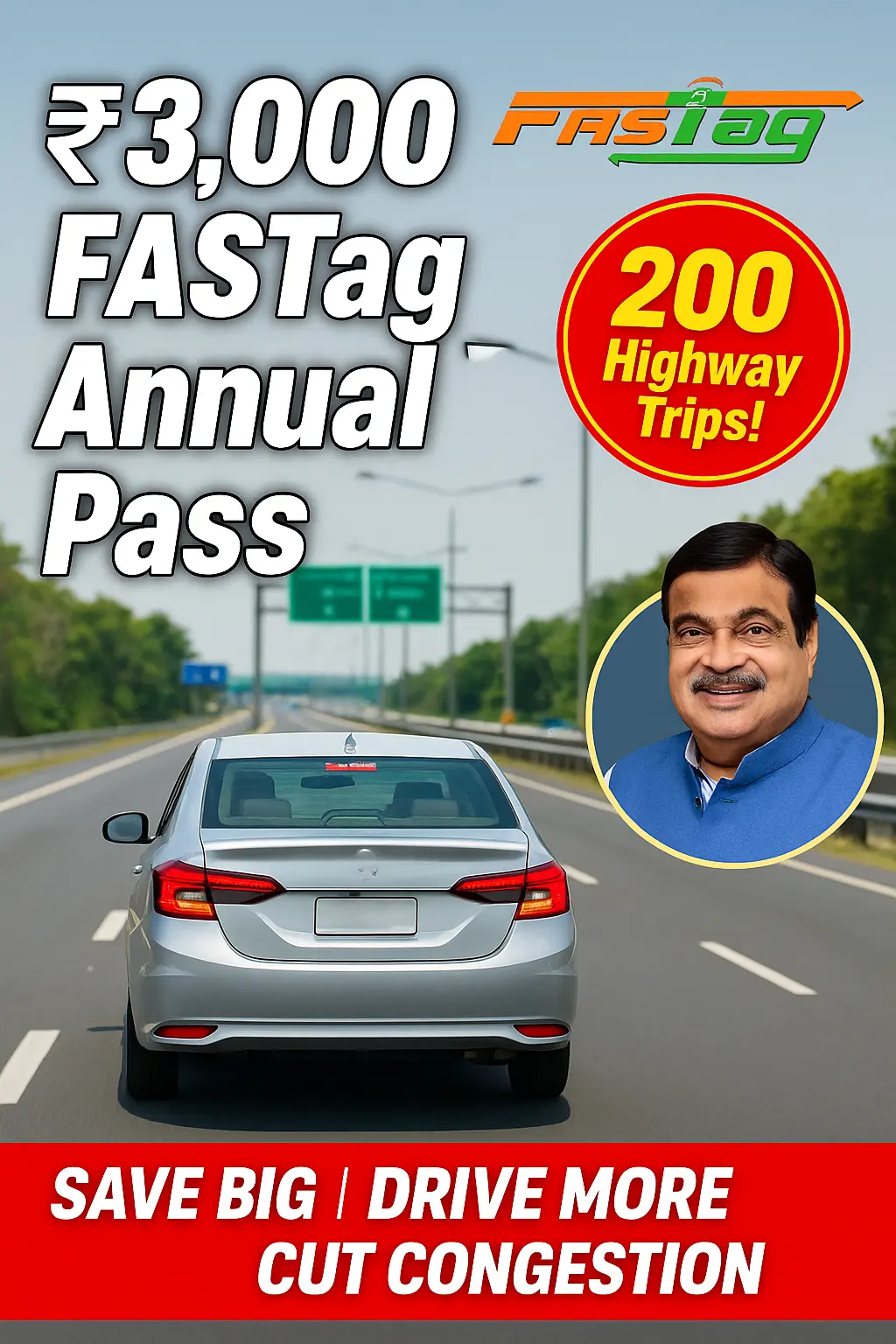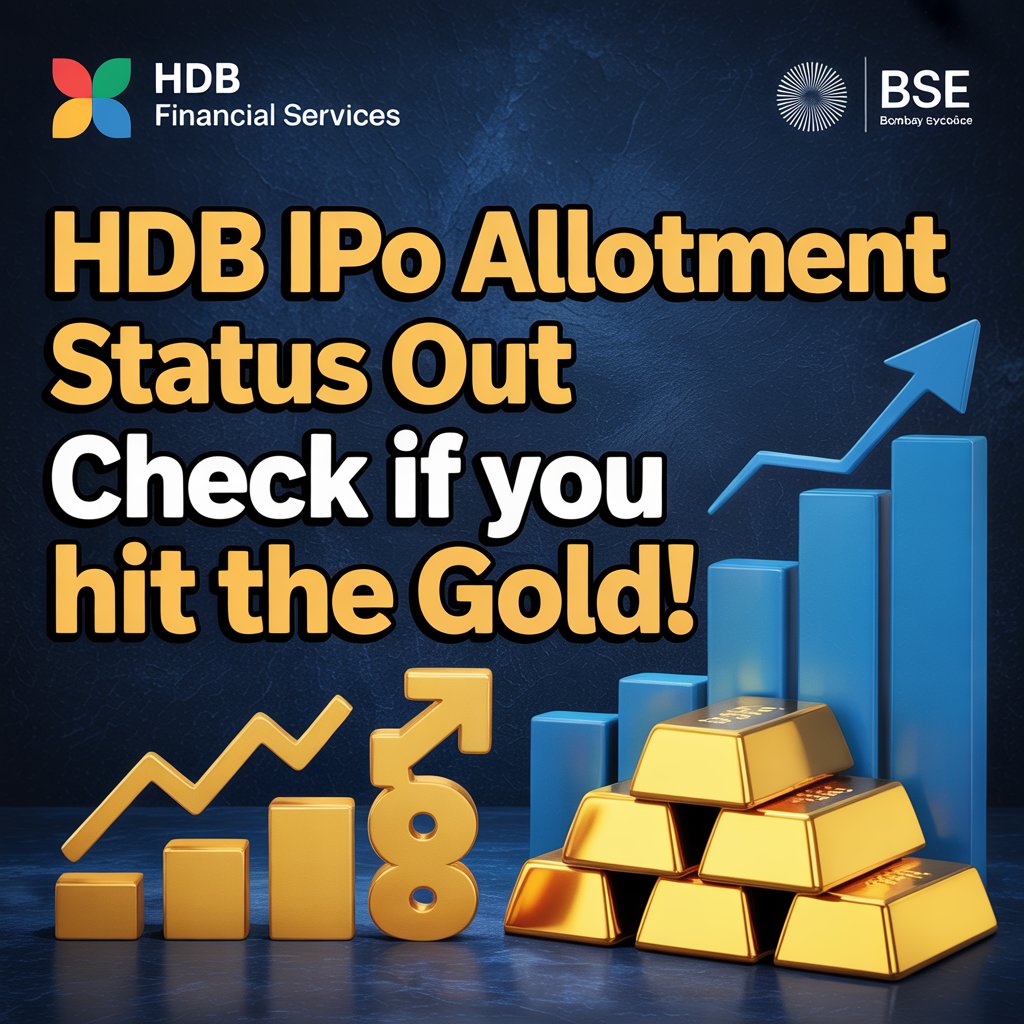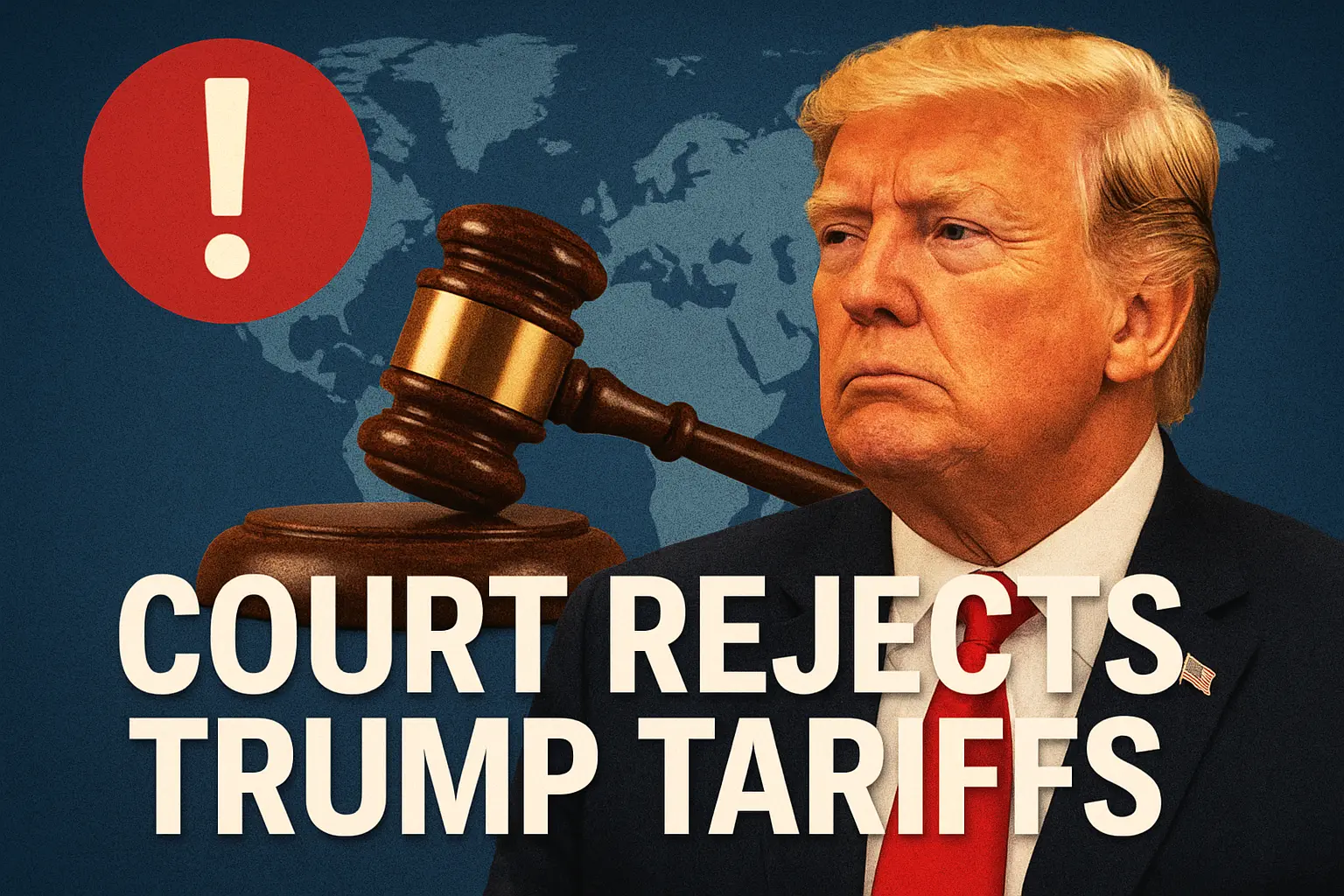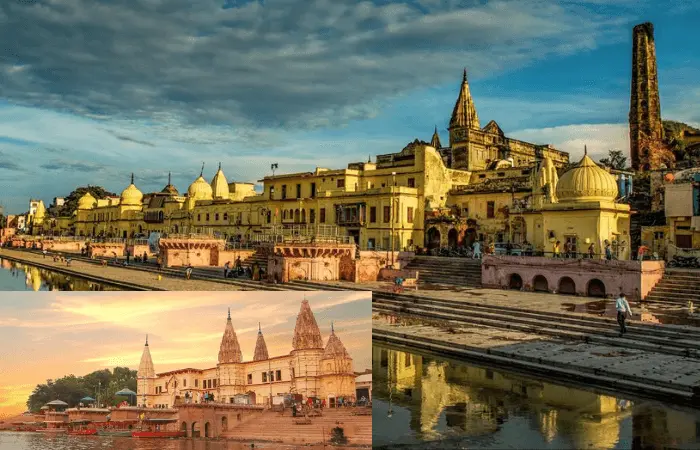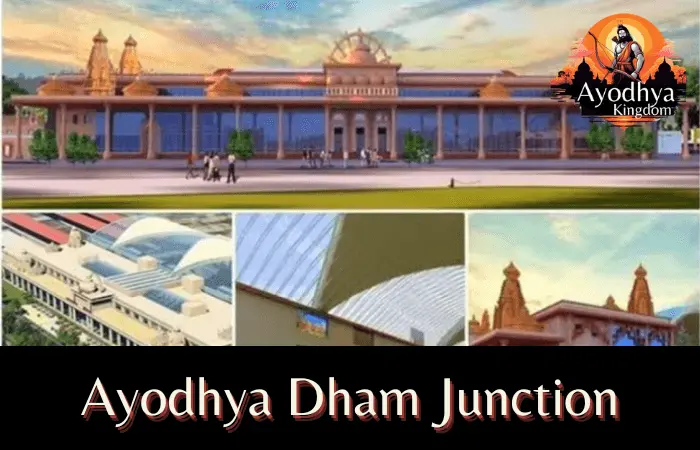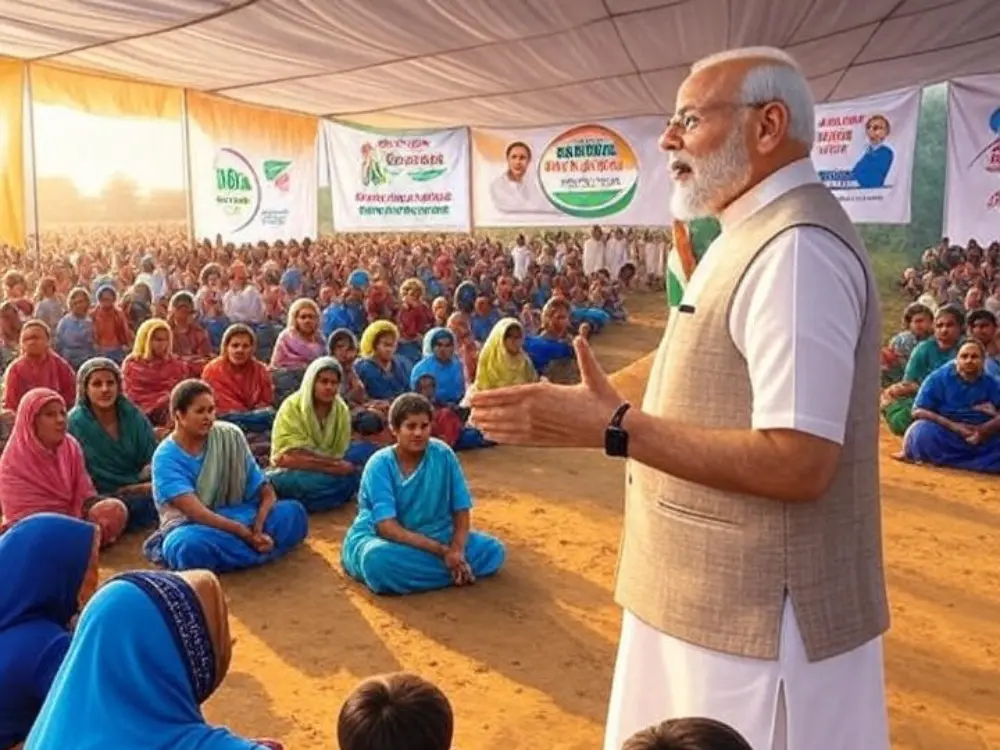Discover the new ₹3,000 FASTag Annual Pass by Gadkari—200 toll trips, lower costs, traffic relief & unexpected rural and eco benefits.
n a move that could revolutionize toll collection on Indian highways and slash costs for lakhs of commuters, Union Minister Nitin Gadkari just announced the country’s first-ever FASTag-based Annual Pass for private vehicles. Priced at just ₹3,000/year, it allows up to 200 toll-free trips on national highways.
But what really makes this a highway game-changer? Why is it drawing huge public interest—and could it signal bigger changes ahead? We dig into every angle—policy, savings, green benefits, tech upgrades—in this special report you won’t find anywhere else.
Table of Contents
ToggleWhat Is the ₹3,000 FASTag Annual Pass—and Why It Matters?
From August 15, 2025, any private car owner can pay ₹3,000 (via the FASTag-linked Rajmarg Yatra app or NHAI portal) and receive an annual pass valid for 200 trips on all National Highways. Once those trips are used, normal toll charges resume—or users can renew the pass mid-year.
Until now, FASTag simply allowed digital toll payment at full price—but this new scheme acts more like a “season ticket”—saving daily commuters thousands of rupees per year.
“A ₹7,000/year Saving for Many”—Massive Impact for Urban & Rural Commuters
For daily office-goers, field workers, or rural traders who cross 2–3 toll plazas multiple times a week, this pass is a financial windfall:
- Current cost: ₹50–₹120 per trip, ~₹10,000–₹12,000 per year
- With pass: ₹3,000 for up to 200 trips—a ~₹7,000 saving annually
As Nitin Gadkari stated:
“This is designed for ease of living… ₹3,000 for 200 trips will give significant relief to regular travelers.”
The “Hidden” Rural Impact—Boosting Farmers and Villagers
One aspect barely covered: This pass may hugely benefit rural India. Thousands of farmers use NH corridors weekly to deliver produce to city markets—often paying ₹2,000–₹4,000 in tolls monthly. Now, for just ₹3,000 annually, they can maintain consistent, affordable market access—improving profits and rural–urban integration.
Faster Commutes = Lower Pollution & Congestion
Another unseen benefit? Fewer toll interruptions = lower vehicle idling = less fuel waste and emissions. NHAI estimates that a single car waiting 30 seconds at a toll emits ~1 kg CO₂ per trip.
Across 200 trips/year, that’s ~60–70 kg CO₂ savings per vehicle—roughly equivalent to planting a tree annually!
Plus, reduced queues at plazas will improve highway throughput by 10–12%, helping truckers and emergency services as well.
Insiders suggest this is also a precursor to India’s long-term goal: removing toll plazas entirely and shifting to GPS-based automatic tolling—as Europe already does. Gadkari hinted at this during the announcement, saying:
“We are working towards a seamless digital toll future—this is a major step in that direction.”
🚫 What the Pass Does NOT Cover
- Only valid on National Highways—state tolls (like Mumbai–Pune Expressway) are excluded
- Commercial vehicles (trucks, taxis) are ineligible—for now
- If you exceed 200 trips, you revert to regular FASTag rates
The public feedback has been overwhelmingly positive. In Andhra Pradesh, Deputy CM Pawan Kalyan called it “a game-changer that makes road travel far more convenient and affordable.”

